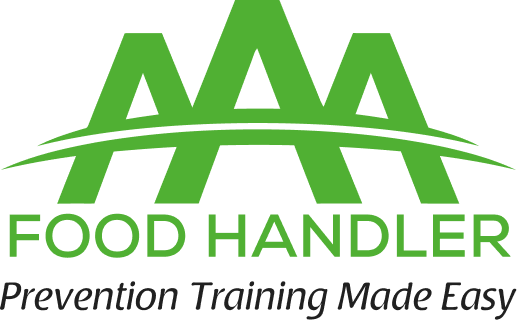TEXAS
FOOD HANDLERS CARD
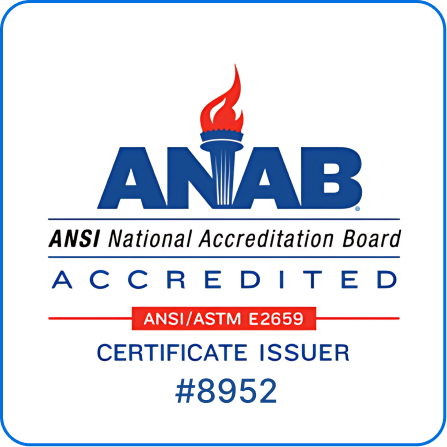
- ANSI National Accreditation Board (ANAB) Accredited
- Approved and Accredited in Texas
- 100% Online, Accessible 24 hours a Day, 7 Days a Week
- Course Duration: 1.5 Hour
- Course Access: 3 Months from Purchase
- Owners/Managers: Manage, Track, and Report Employee Progress
- Certificate of Completion upon Successful Completion of Final Exam
- Exam Passing Score 70%
- 2 Chances to Pass the 40 Question Final Exam
- Languages Available: English, Spanish
- Bulk Discount Pricing Available
Our clients
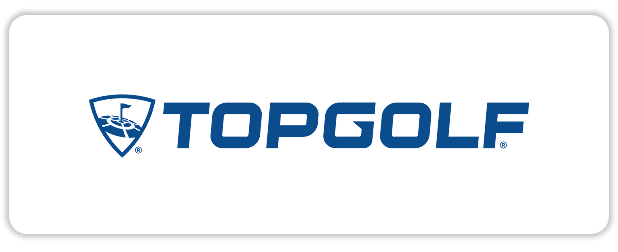


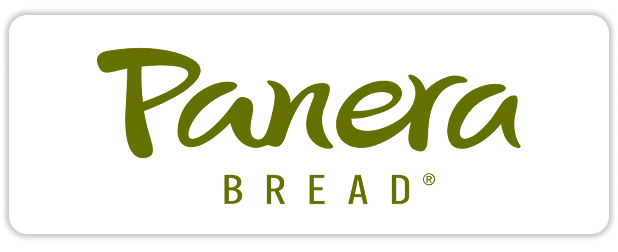
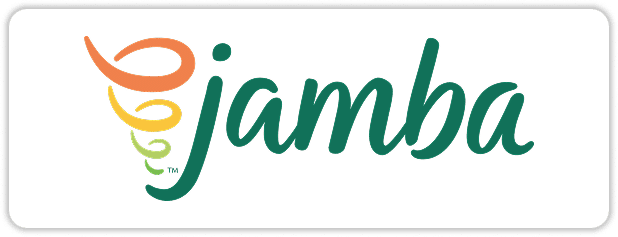


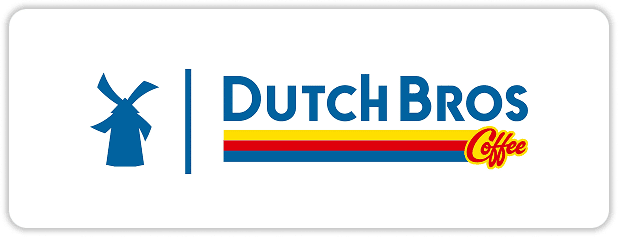
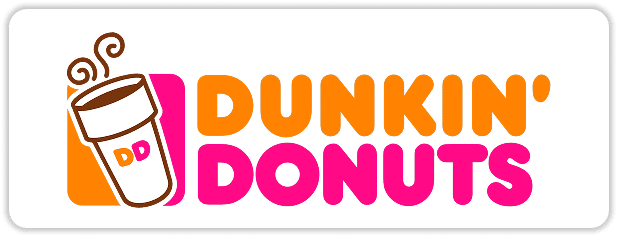
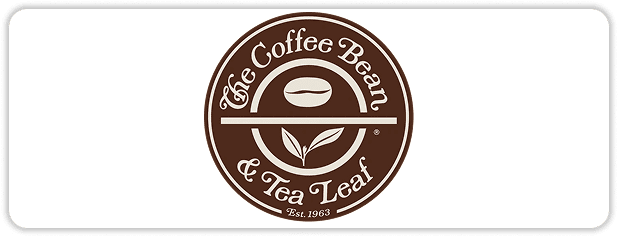
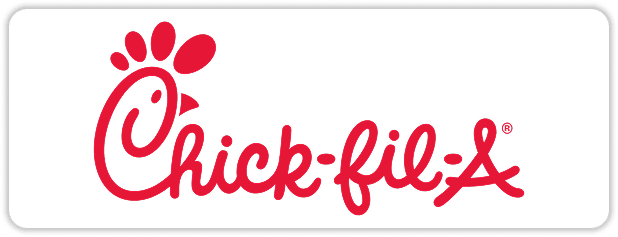

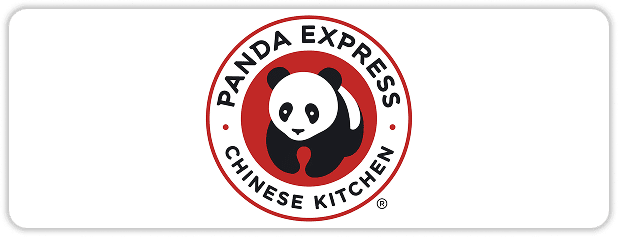
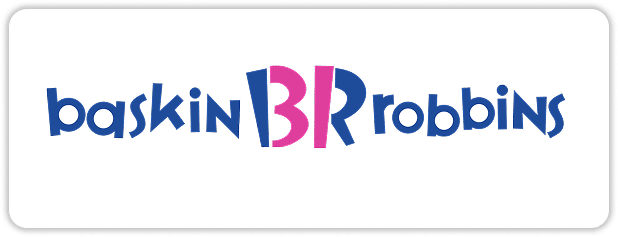

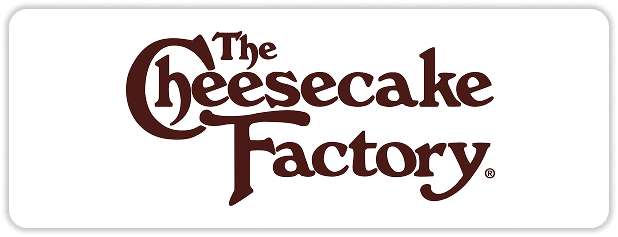
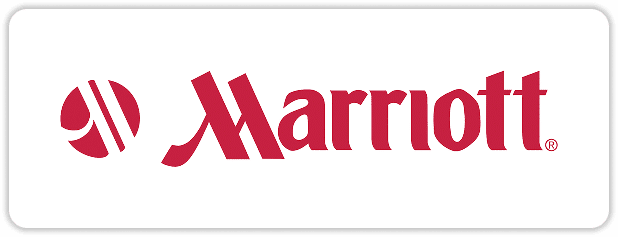


BENEFITS OF TRAINING
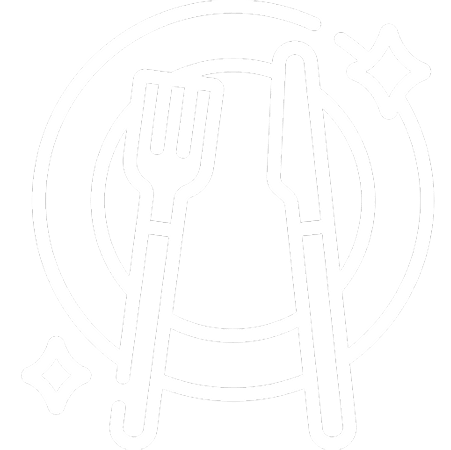
PREVENT
Education is the best tool to prevent, minimize, or eliminate foodborne illnesses and food hazards.
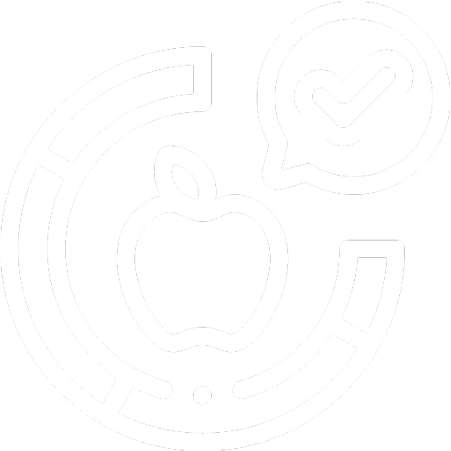
AWARENESS

ELIMINATE
Training helps reduce or eliminate food safety hazards before they become major issues.

MINIMIZE

PRODUCTIVITY
Reducing food safety complaints will create a happier workplace and in turn increase productivity.

WORKPLACE SATISFACTION
WHY CHOOSE US

- Satisfaction Guarantee
- Online Interactive Course
- Meets and Exceeds State Guidelines
- Price Match Guarantee
- Owners and Managers: Manage, Track and Record Employee Progress
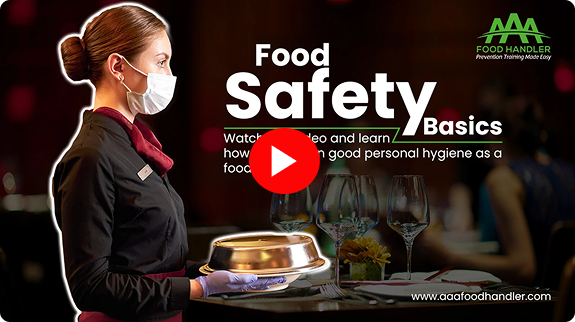
Getting Your Food Handler Card is Quick and Hassle-Free
Numerous professionals nationwide have already earned and renewed their card with AAA Food Handler — a trusted name in food safety training.
FREQUENTLY ASKED QUESTIONS (FAQs)
The Food Handler course includes essential topics related to food safety, hygiene practices, temperature control, cross-contamination prevention, and safe food preparation. After completing the course, you’ll receive a State-Approved Food Handler Certificate.
Enroll in an approved online course that meets Texas requirements. After completing the training and passing the required assessment (if applicable), you can download your Texas Food Handlers Card instantly.
Enrollment is available 24/7. You can begin learning at any time that fits your schedule.
The course takes approximately 1.5 hours and allows you to start, pause, and resume as needed.
Certificate types are offered at $6.95. Special bulk pricing is available for employers who need to train several staff members.
Employers can monitor, manage, and track employee progress while ensuring their team follows proper food safety procedures.
According to the Texas Administrative Code Rule §228.33, all food employees must complete an accredited food handler training course within 60 days of starting employment.
The Texas Department of State Health Services (TXDSHS) defines food employees as anyone who handles unpackaged food, food-contact surfaces, or food equipment. This includes workers in various establishments such as:
Restaurants (casual and fine-dining)
Fast food outlets
Coffee shops and bakeries
Food trucks and sandwich shops
Convenience stores
After successfully completing the course, you’ll receive a Texas food handlers card. This card demonstrates that you’ve received basic food safety education and must be kept on file by your employer. Texas law requires that your certificate be readily available on-site, either digitally or as a hard copy.
Yes, the food handler course is available in English and Spanish for broader accessibility.
The ANAB operates under the American National Standards Institute (ANSI) In Texas, this partnership ensures that food safety training programs—such as those offered by AAA Food Handler—meet public health requirements set by the Texas Department of State Health Services (Texas DSHS).
For official guidance on food safety rules and regulations in Texas, contact the Texas Department of State Health Services
Food Handler Program
The Exchange Building
8407 Wall Street
Austin, Texas 78754
In Texas, all food employees are required to complete an accredited food handler training course shortly after being hired. According to the Texas Food Establishment Rules and the Department of State Health Services (DSHS), this training must be completed within 30 to 60 days of starting work, depending on local enforcement.
Food employees include anyone who works with unpackaged food, food-contact surfaces, utensils, or food equipment. This applies to staff at fast food places, full-service restaurants, bakeries, coffee shops, food trucks, convenience stores, and sandwich shops.
